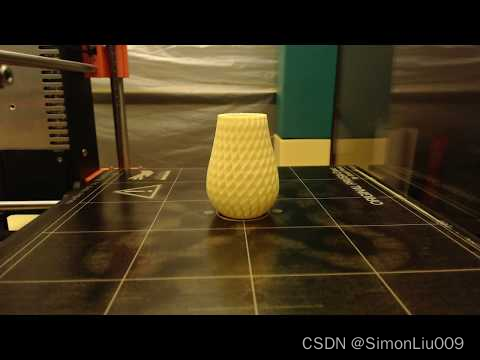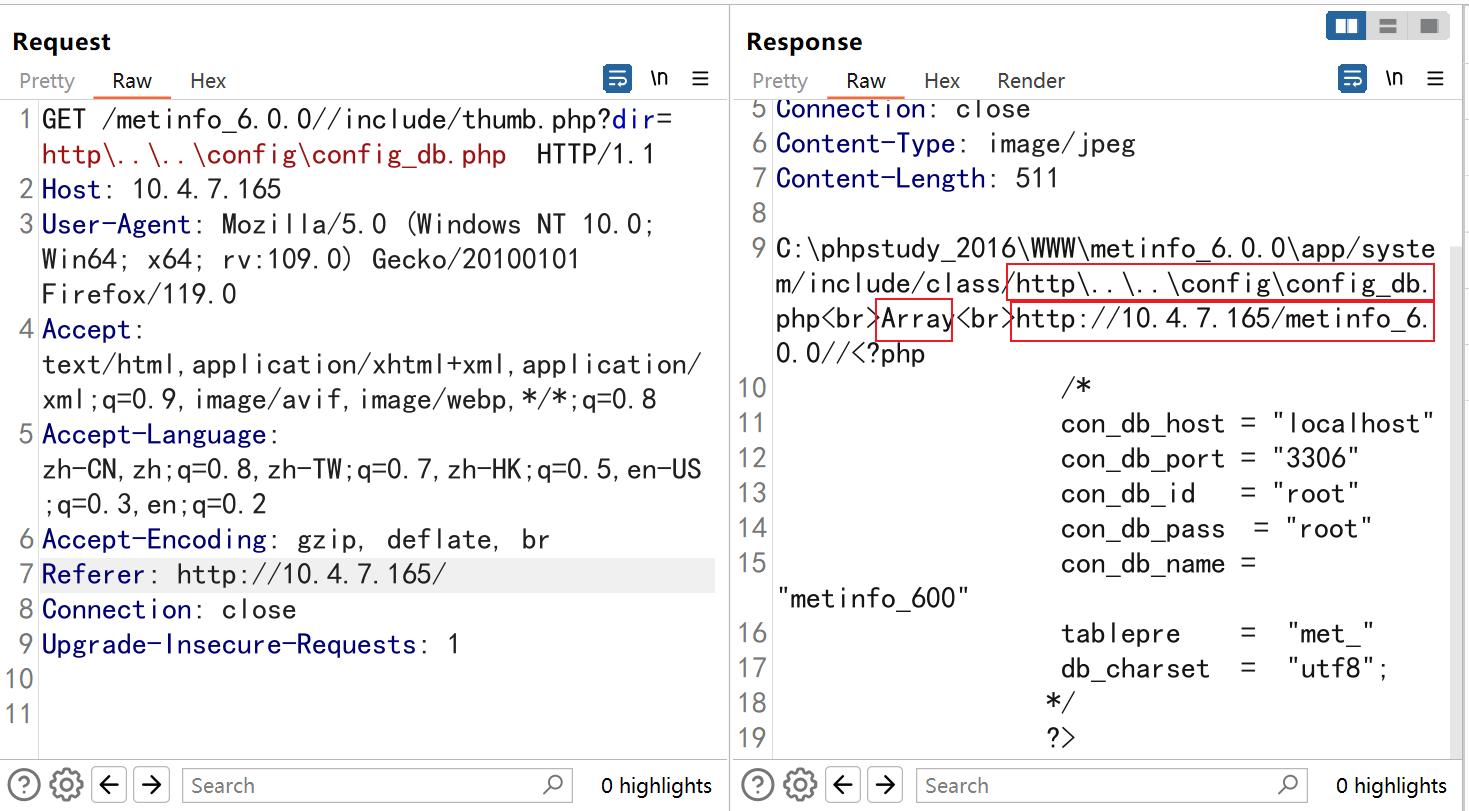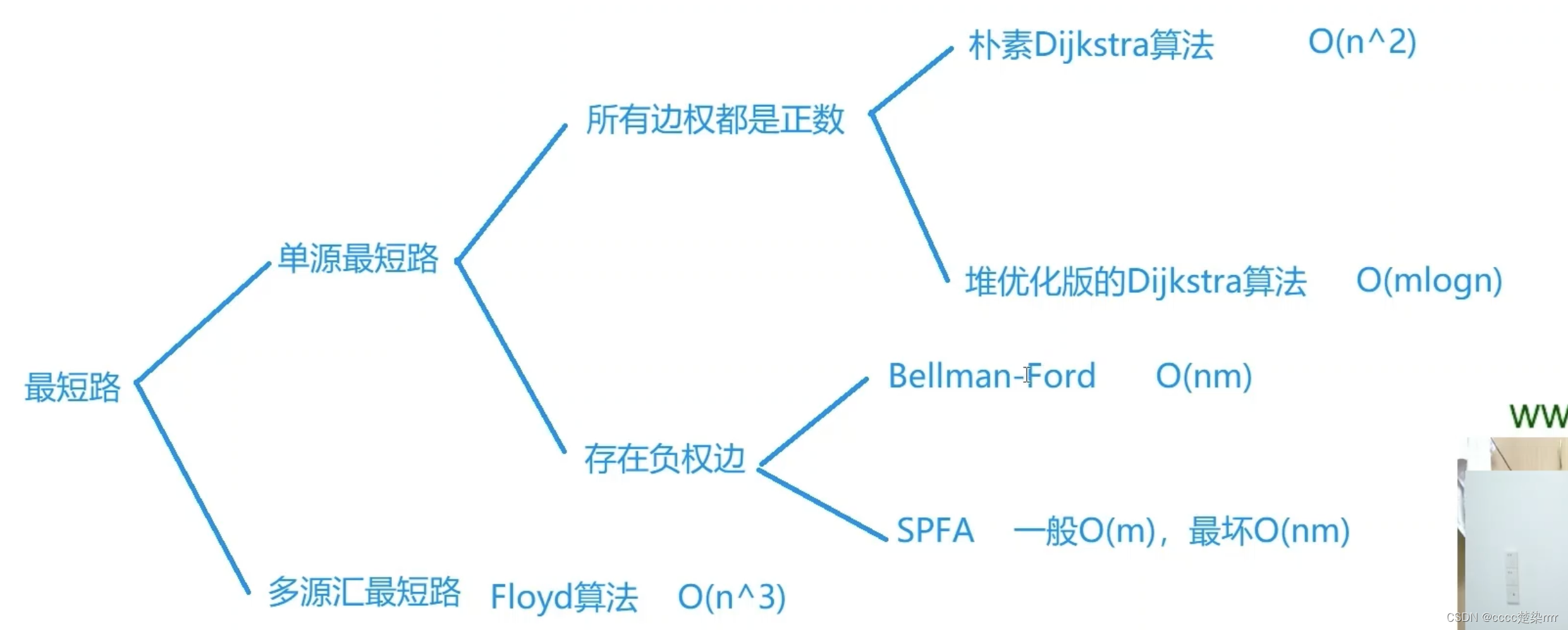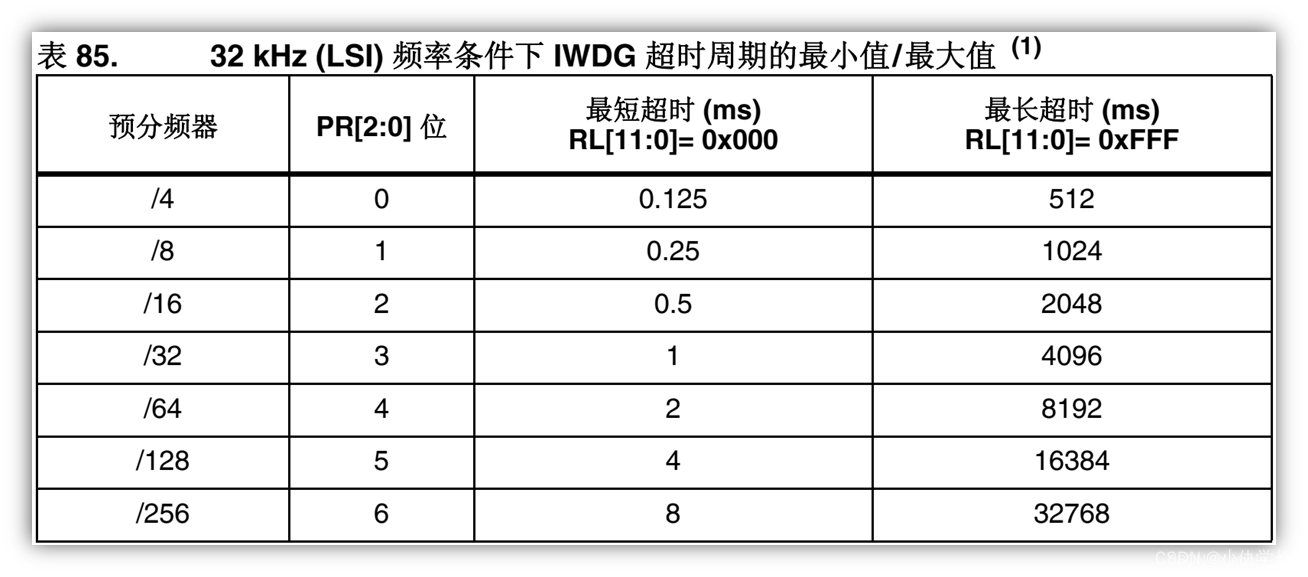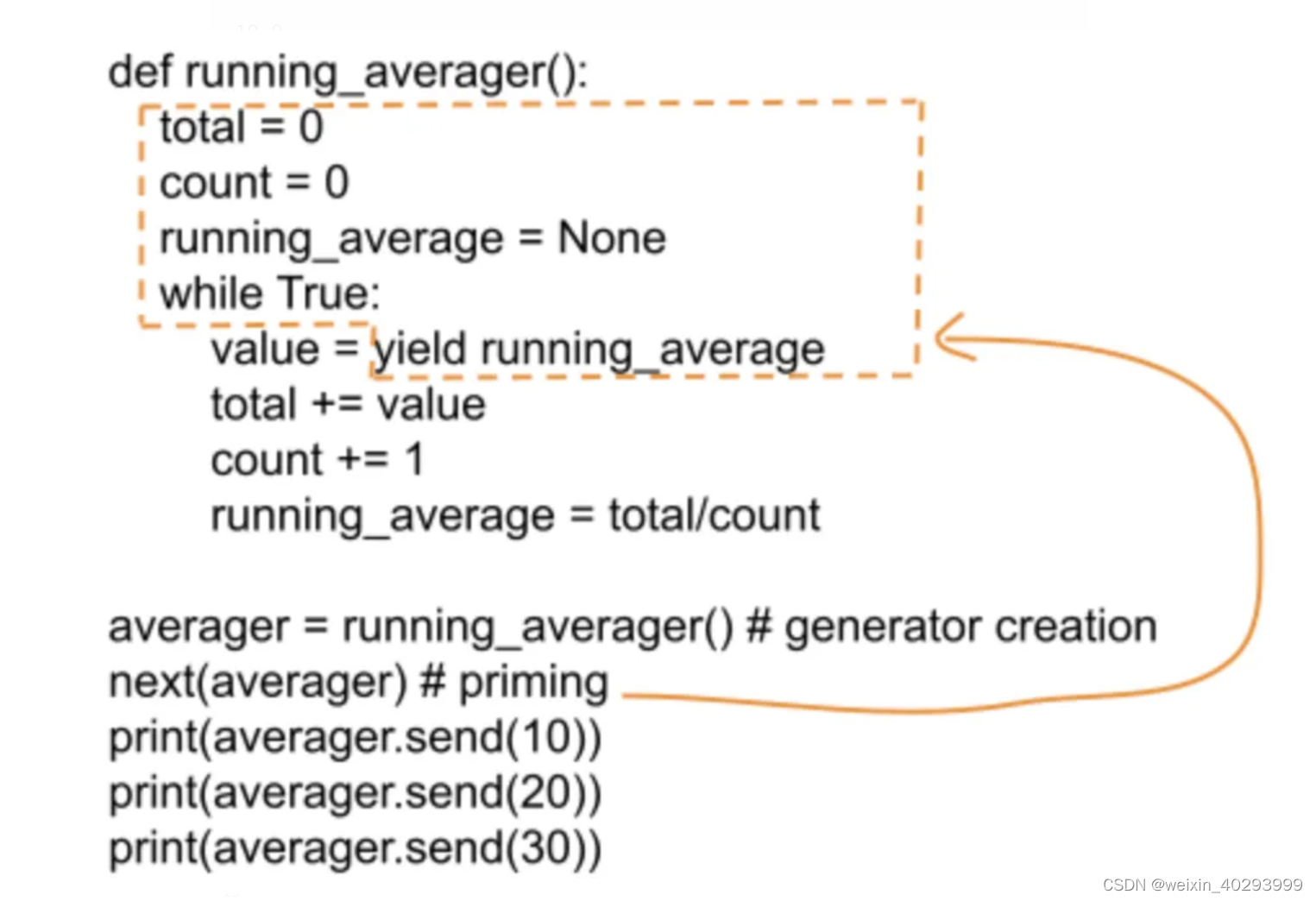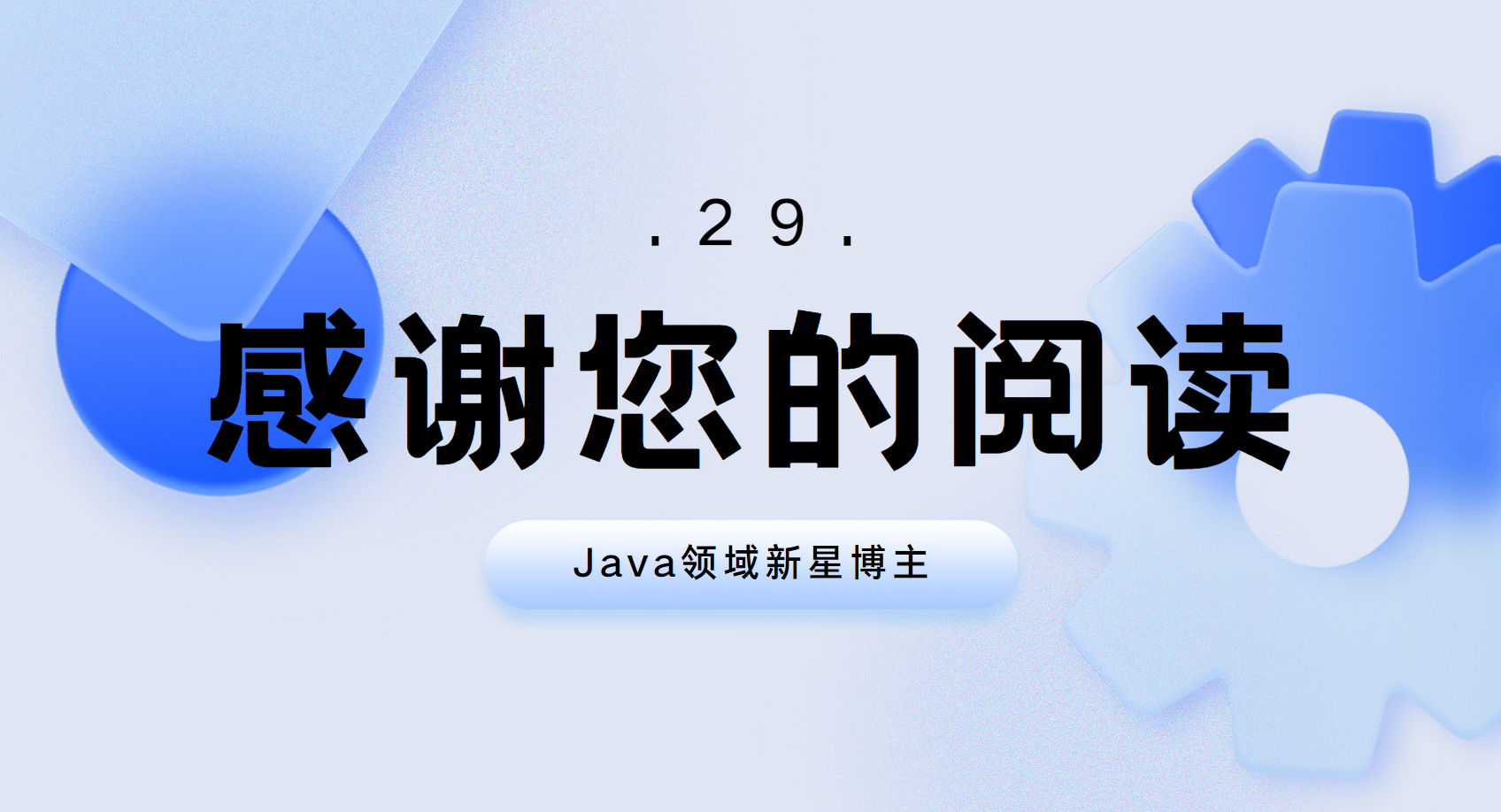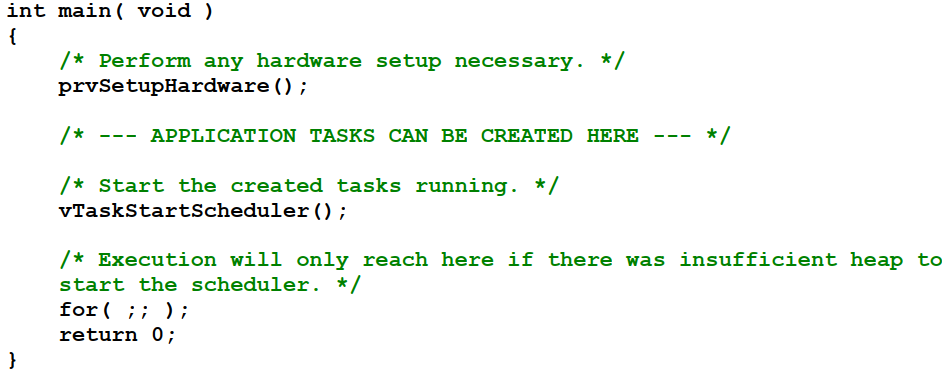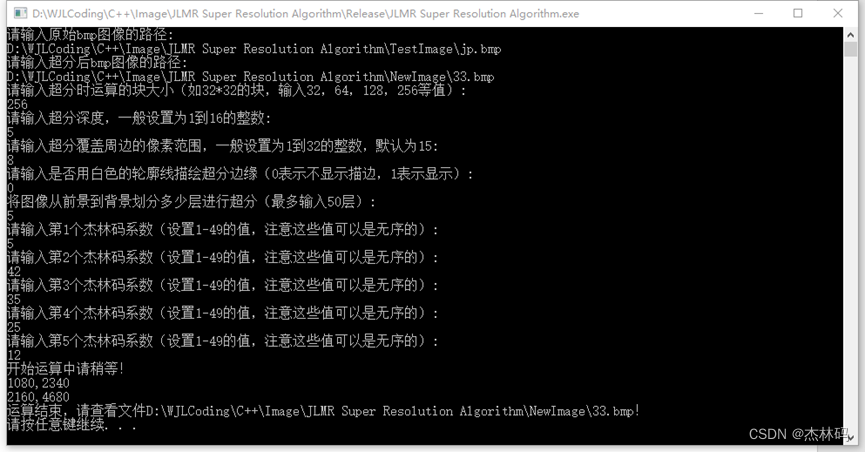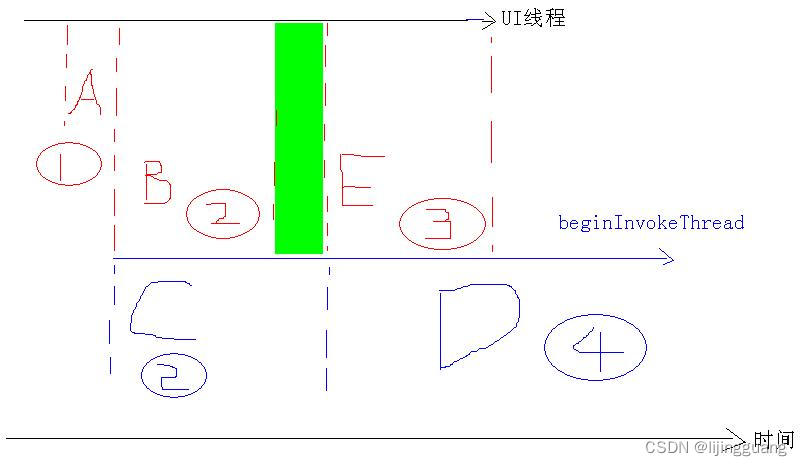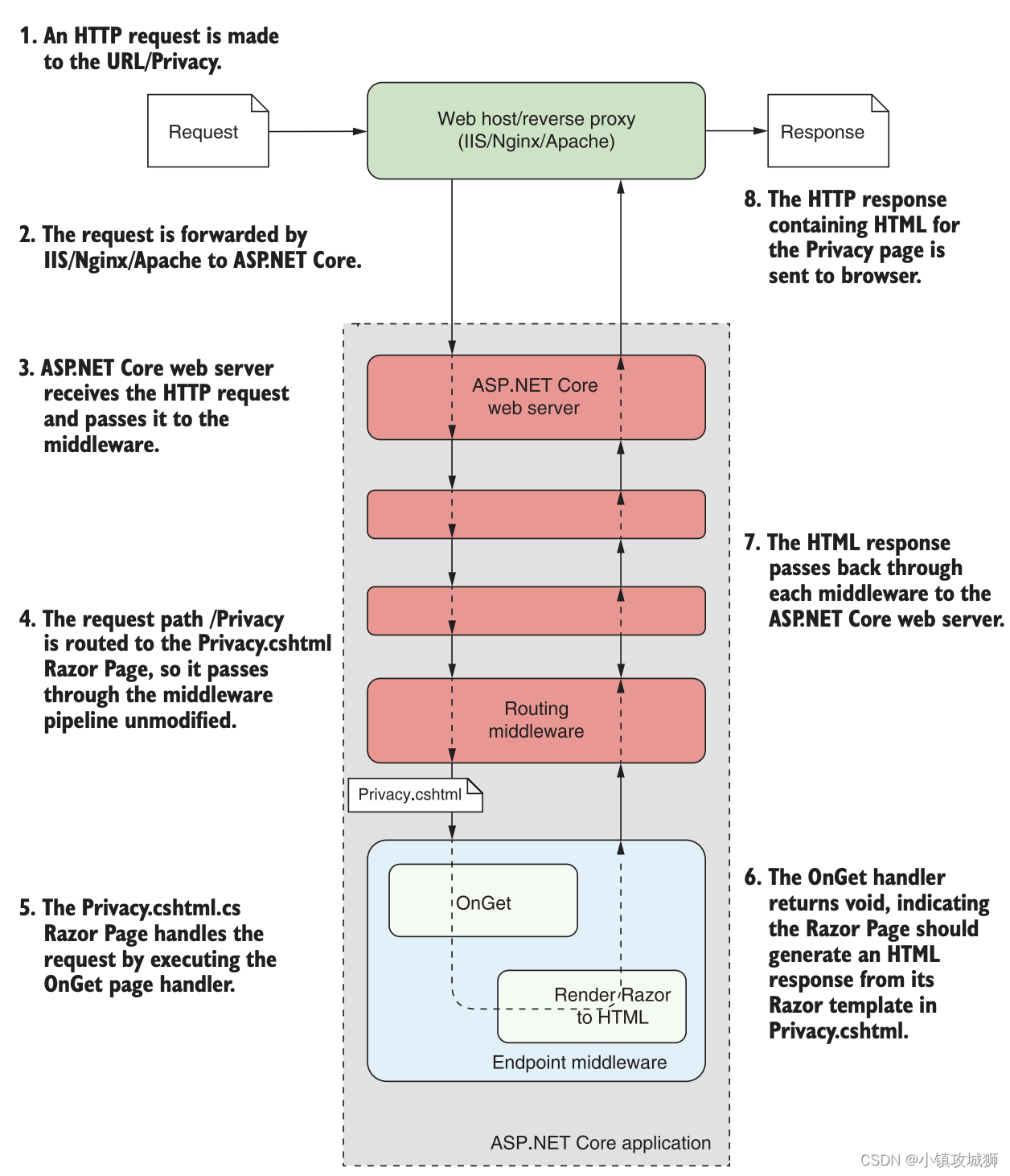栈的实现

文章目录
- 栈的实现
- 一、栈的模型
- 二、栈的代码实现以及测试用例
- ①栈的初始化
- ②入栈
- ③出栈
- ④弹出栈顶
- ⑤判断栈空间是否为空
- ⑥计算栈空间长度
- ⑦销毁栈
- ⑧测试用例
一、栈的模型
首先栈有两个概念
1.数据结构里的栈。2.语言/操作系统中的栈(内存空间),可能会在递归程序里发生栈溢出。
入栈和出栈只能发生在栈顶,栈底不进行任何操作,且栈顶随着入栈和出栈变化。栈顶指向最后的数据。
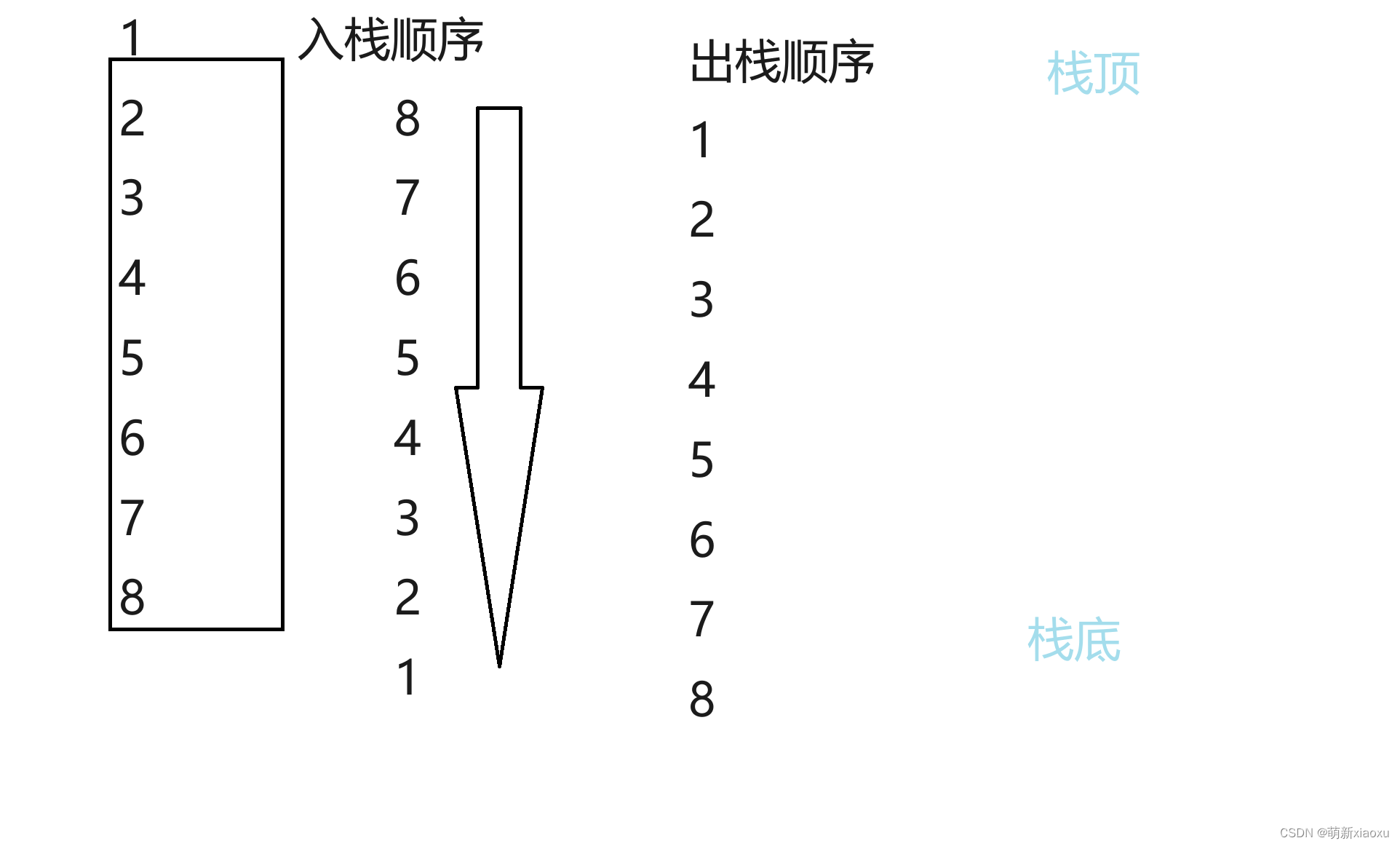
二、栈的代码实现以及测试用例
①栈的初始化
void STIni(ST* pst)
{
assert(pst);//数组栈和顺序表比较像,注意顺序表和数组栈
//是一块连续的内存空间,所以必须要这样实现
pst->a = NULL;
pst->capacity = 0;
//top指向栈顶元素
pst->top = -1;
//top指向栈顶元素的下一个
//pst->top = 0;
}
②入栈
void STPush(ST* pst, STDataType x)
{
assert(pst);
if (pst->capacity == pst->top + 1)
{
int newcapacity = pst->capacity == 0 ? 4 : 2 * pst->capacity;
STDataType* tmp = (STDataType*)realloc(pst->a, sizeof(STDataType) * newcapacity);
if (tmp == NULL)
{
perror("malloc");
exit(-1);
}
pst->a = tmp;
pst->capacity = newcapacity;
}
pst->a[pst->top + 1] = x;
pst->top += 1;
}
③出栈
void STPop(ST* pst)
{
assert(pst);
assert(pst->top > -1);
/*free(pst->a[pst->top]);
pst->a[pst->top] = NULL;*///不能随便free,数组栈连续,我还可以下次继续插回来。
pst->top -= 1;
}
④弹出栈顶
STDataType STTop(ST* pst)
{
assert(pst);
assert(pst->top > -1);
return pst->a[pst->top];
}
⑤判断栈空间是否为空
bool STEmpty(ST* pst)
{
assert(pst);
return pst->top == -1;
}
⑥计算栈空间长度
int STSize(ST* pst)
{
assert(pst);
return (pst->top + 1);
}
⑦销毁栈
void STDestroy(ST* pst)
{
assert(pst);
free(pst->a);
pst->a = NULL;
pst->capacity = 0;
pst->top = 0;
}
⑧测试用例
#define _CRT_SECURE_NO_WARNINGS
#include "Stack.h"
void test1()
{
ST s;
STIni(&s);
STPush(&s, 1);
STPush(&s, 2);
STPush(&s, 3);
STPush(&s, 4);
STPush(&s, 5);
while (!STEmpty(&s))
{
printf("%d ", STTop(&s));
STPop(&s);
}
printf("\n");
}
int main()
{
test1();
return 0;
}
注意:想要打印栈必须使用这种方法,用是否为空来检验,进入循环后,再打印弹出的栈顶,之后每次弹出后,都要删除一次。

